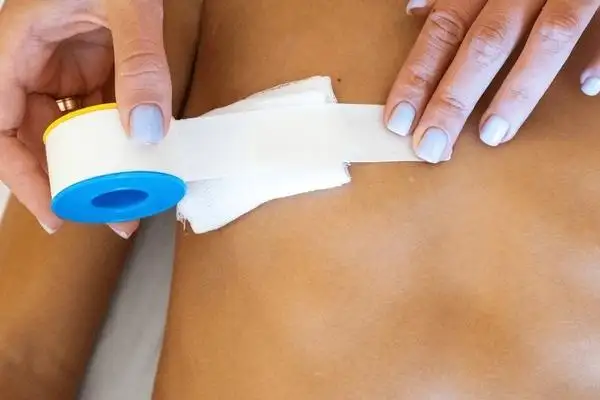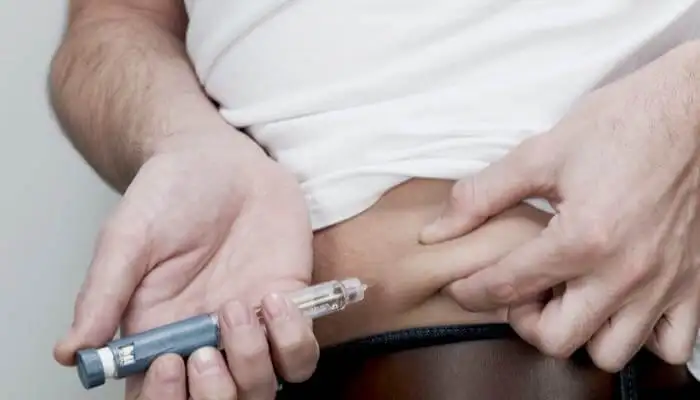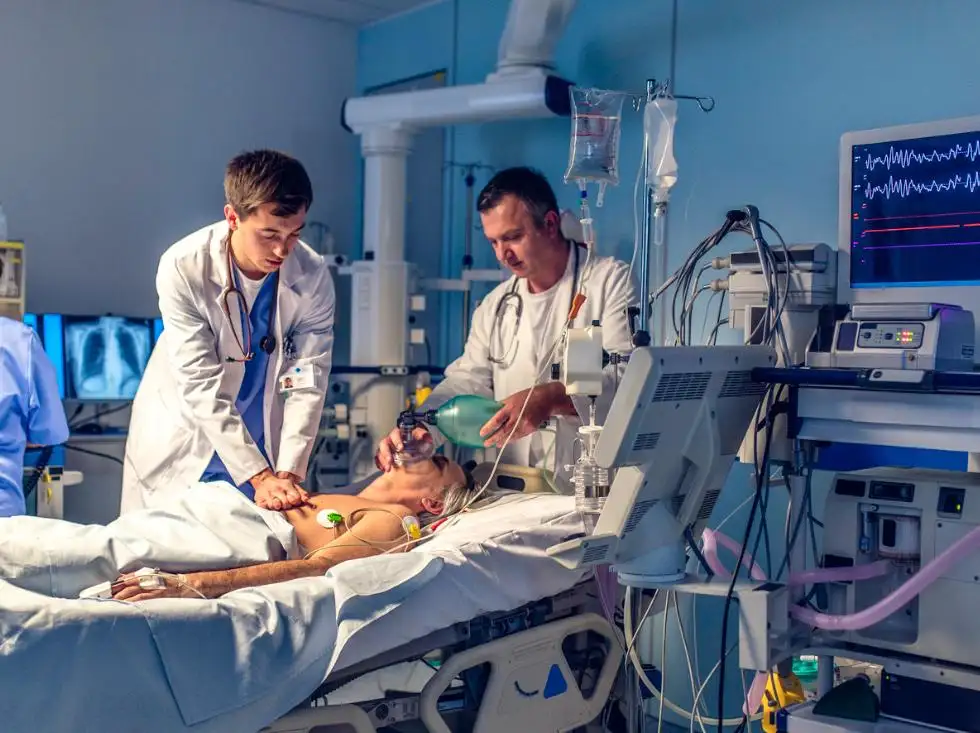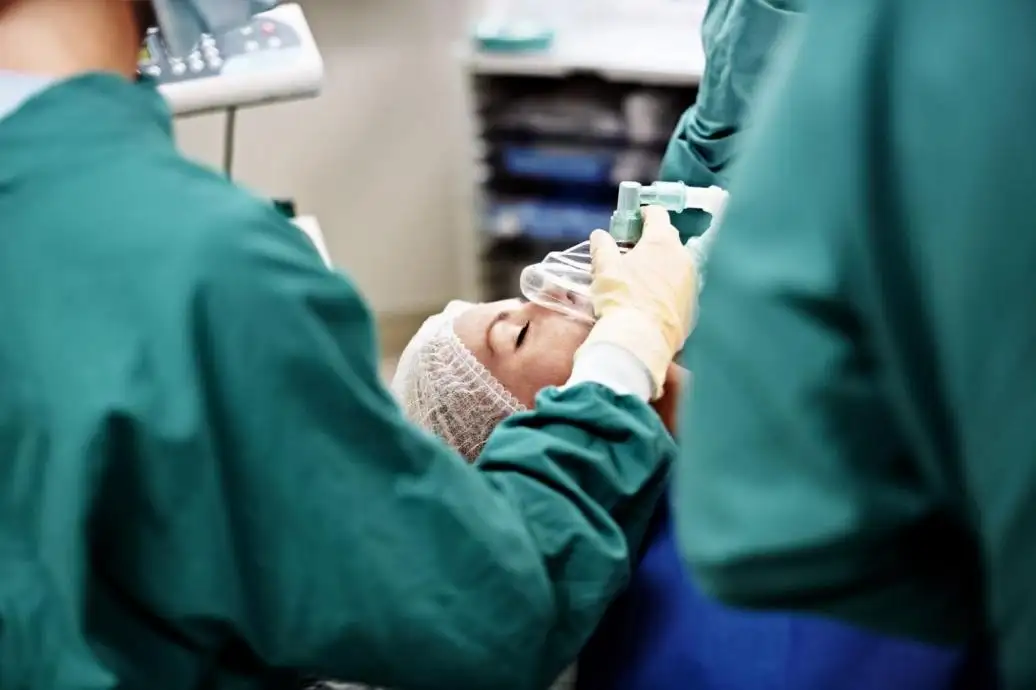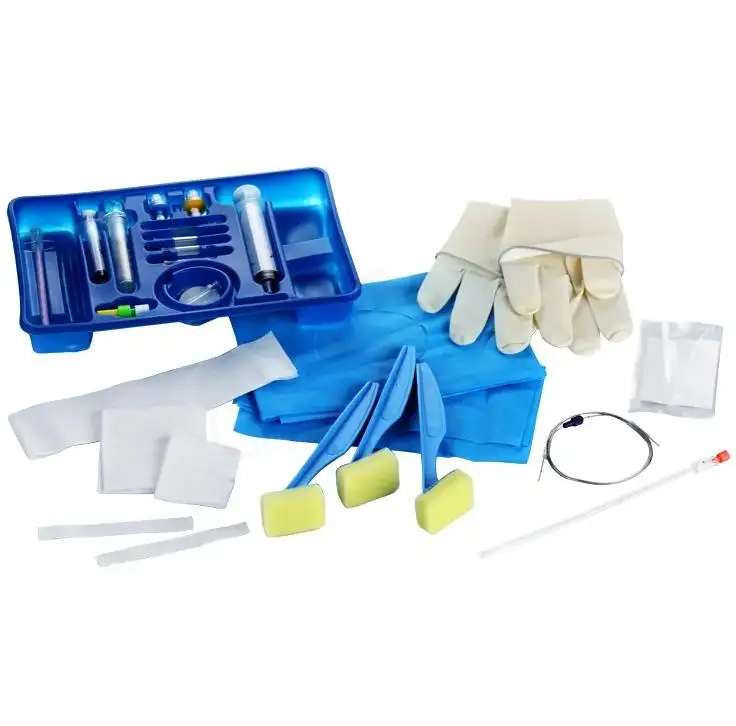What Makes Laryngeal Mask Anesthesia Equipment Reliable for Difficult Airways?
In real surgery, airways are not always textbook perfect. Swollen tissues, limited mouth opening, and neck injuries can turn a simple case into a critical moment. Laryngeal Mask Anesthesia Equipment is often the quiet tool that decides whether ventilation stays stable or becomes a struggle. Many teams rely on it as a bridge when intubation is slow or uncertain. But what exactly makes one laryngeal mask truly dependable in these high-risk situations? And how can you tell if your current device is optimizing or hindering patient care?
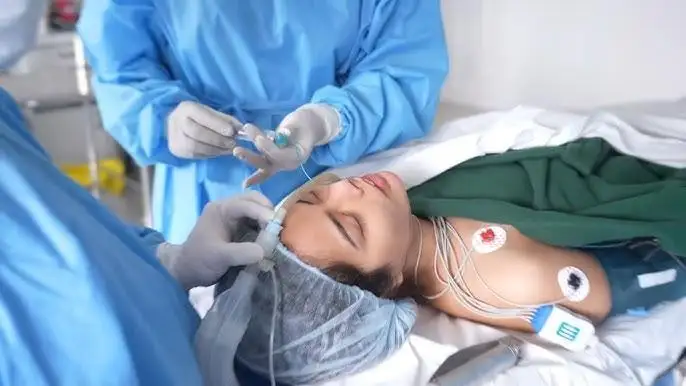
Why Difficult Airways Demand a Different Approach
Anyone who has been in an operating room during a difficult intubation knows how quickly the situation can escalate. Oxygen levels start to drop, monitors beep faster, and every second feels longer than the last. Traditional endotracheal intubation may require laryngoscopy, muscle relaxants, and perfect visualization of the vocal cords. When patient anatomy is unfavorable - limited mouth opening, reduced neck mobility, facial injuries, or obesity - these steps become harder, slower, and riskier.
In these moments, anesthesia teams are not just looking for "another device.” They need a solution that can be inserted rapidly, remain stable, and provide effective ventilation with minimal trauma. That is where Laryngeal Mask Anesthesia Equipment offers a different path. Instead of entering the trachea, the mask sits above the laryngeal inlet and forms a seal around it. This position allows clinicians to ventilate the patient without passing a tube through the vocal cords.
For short procedures, day surgery, emergency induction, or as a backup when intubation fails on the first attempt, a reliable laryngeal mask acts like a safety net. It buys time, keeps oxygen flowing, and gives the team space to decide the next step - whether to continue with the laryngeal mask or move on to fiberoptic or other advanced techniques.
Face masks, on the other hand, demand a perfect hand seal and constant attention. Any leak or hand fatigue reduces ventilation quality. With endotracheal tubes, repeated attempts can cause airway swelling and bleeding, making subsequent intubation even harder. A well-designed laryngeal mask reduces these pain points by simplifying the process and stabilizing airway management in those high-pressure minutes.
What Makes Greetmed's Laryngeal Mask Anesthesia Equipment Stand Out
From Greetmed's perspective, reliability is not a single feature; it is the result of many small choices. We start with materials. Our Laryngeal Mask Anesthesia Equipment uses 100% medical-grade silicone, chosen for its softness, flexibility, and compatibility with human tissue. A rigid device may create pressure points and irritation; silicone adapts to the airway, helping patients wake with less discomfort.
The inflatable cuff is designed to follow the natural shape around the laryngeal inlet. When positioned correctly, it forms an even, gentle seal that supports efficient ventilation at typical airway pressures. This kind of seal is especially valuable in difficult airways, where maintaining control of each breath is more important than ever. The smooth tube is easy to connect to anesthesia circuits or manual resuscitators, while its transparency allows clinicians to visually confirm placement and monitor for secretions.
We also know that one size does not fit all. Our range covers sizes roughly from 1.0 to 5.0, so the same product line can be used for infants, children, and adults. This helps hospitals standardize across departments - OR, emergency, and ambulatory units - without stocking dozens of different airway types that may only be used occasionally.
To meet the demands of busy operating rooms and recovery units, our laryngeal masks are designed for reuse. The silicone can tolerate multiple autoclave cycles while maintaining its shape and structural integrity, making it a cost-effective option for institutions that handle large surgical volumes. Ethylene oxide (EO) sterilization and clear reprocessing guidance help ensure that each device returns to the shelf ready for the next case.、
To make the strengths easy to see, here are some of the key benefits our customers value:
- Soft, Medical-Grade Silicone - Comfortable for the patient, flexible for the clinician.
- Secure, Inflatable Cuff Seal - Supports efficient ventilation without passing through the trachea.
- Full Age Coverage - Sizes spanning infants to adults for streamlined stocking and training.
- Reusable & Autoclavable - Durable material that withstands repeated sterilization.
- Transparent Tube Design - Visual confirmation of placement and secretion monitoring.
Behind these features stands a formal quality system. Greetmed produces under internationally recognized standards such as CE, ISO13485, and FDA requirements. For purchasing teams and clinical engineers, this means clear documentation, traceability, and consistent product specifications - not just for the first shipment, but for every reorder.
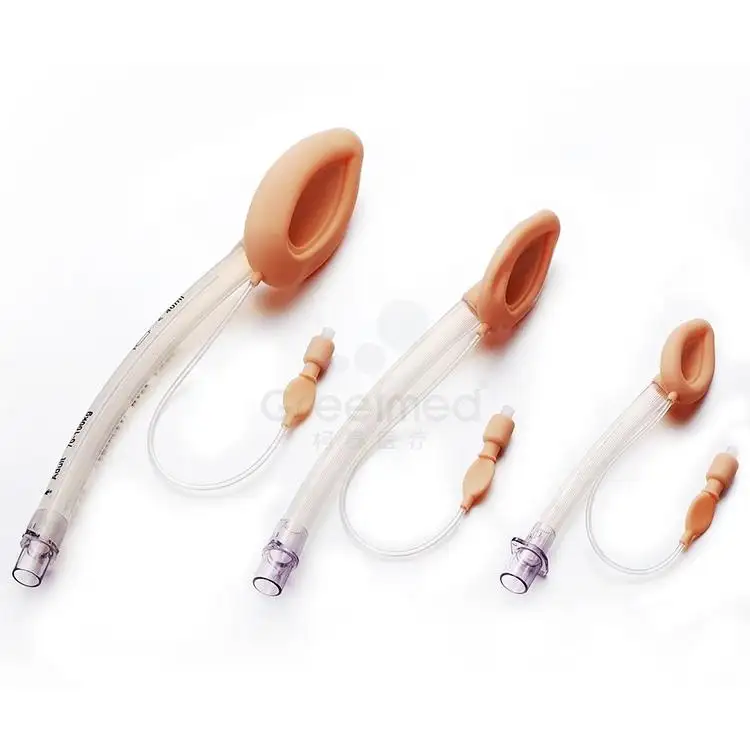
How Hospitals Gain From A Reliable Airway Partner
Clinical performance is only one part of the story. Hospital leaders also watch cost, workflow, and supply stability very closely. Because our Laryngeal Mask Anesthesia Equipment is reusable, the cost per procedure drops over time, even when you include sterilization. For many facilities, this balance of high performance and long service life supports both quality goals and budget control.
Pricing in the range of approximately $7.1-$7.3 per unit offers a clear starting point for tenders and framework agreements. Minimum order quantities are designed with institutional buyers in mind, and OEM options allow large networks or distributors to integrate the device into their own branded portfolios. Manufactured in China and shipped through major ports such as Shanghai and Ningbo, our products are supported by established logistics chains to keep deliveries predictable.
On the ground, everyday use needs to be straightforward. Many clinicians tell us that new staff become comfortable with Greetmed's Laryngeal Mask Anesthesia Equipment quickly because insertion is intuitive and tactile feedback is clear. Instead of managing complex angles or visualizing cords through a laryngoscope, users feel the device slide into place and then confirm with chest rise, capnography, and auscultation. Fewer steps can mean fewer errors, especially in emergencies where cognitive load is already high.
In day-surgery centers, where rapid turnover and patient comfort are crucial, the gentle seal of a silicone laryngeal mask may help reduce sore throat and airway irritation after anesthesia. Happier patients and smoother recoveries can translate into better satisfaction scores and fewer complaints - small details that matter in a competitive healthcare environment.
We also pay attention to support. Airway management is a skill, and even experienced anesthesiologists appreciate clear guidance. That is why Greetmed offers usage tips such as recommended cuff volumes, leak testing guidelines, and placement checks. Simple adjustments - like avoiding over-inflation or confirming midline positioning - can significantly improve seal quality and reduce the risk of leaks.
For biomedical and sterile processing teams, our documentation explains how to handle reprocessing cycles so that the laryngeal masks maintain their performance over time. When everyone understands the device - from the OR to CSSD to purchasing - workflow becomes smoother and downtime is reduced.
Finally, we believe that a device is only as good as the partnership behind it. Whether you are planning a trial in one operating room or standardizing across a multi-hospital group, our team is ready to help with technical details, training material, and commercial planning.
Call To Action: Upgrade Your Difficult Airway Strategy
If your clinicians often face challenging intubations or need a reliable backup plan, consider making Greetmed's Laryngeal Mask Anesthesia Equipment part of your standard airway protocol. You can request a free quote, ask for detailed specifications, or schedule a product evaluation in your anesthesia or emergency department. Let's work together to turn difficult airways into predictable, manageable situations - one well-designed laryngeal mask at a time.
Submit Your Request
Recent Posts
Tags
- Adult Diapers
- Are custom medical devices safe
- Baby Diapers
- Can respiratory anesthesia be used
- Digital Healthcare
- Do you offer customized consumables
- European Market
- How do you take care of a skin wound
- Industry Trends
- Lady Sanitary Napkins
- Medical Devices
- OEM Medical Devices
- Product Introductions
- Protective Equipment
- Under Pads
- What are custom-made medical devices
- What are diagnostic products
- What are hospital dressing products
- What are medical tube catheters
- What are some common protective equipment
- What are the appropriate applications for hospital dressing products
- What are the appropriate uses for protective equipment
- What is a gynecological examination
- What is a medical consumable
- What is an anesthesia kit
- What is an OEM in medical devices
- what is an wound skin care
- what is can disposable ultrasonic diagnostic
- What is good manufacturing medical devices
- What is hospital-grade protective equipment
- what is medical equipments hospital furniture
- What is medical sterilization wrapping
- What is rehabilitation equipment device
- What medical consumables do you supply
- Where can I find laboratory consumables wholesale
- where can I find medical protection device
- where to buy hypodermic accessories
- where to buy medical apparel
- where to buy medical consumable accessories
- where to find OEM medical device supplier
- where to find rehabilitation equipment supplier





